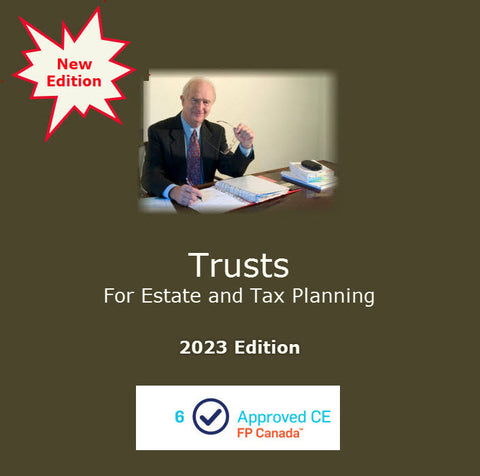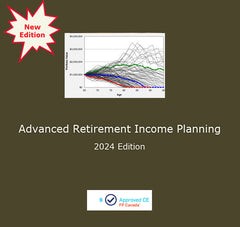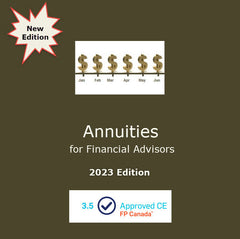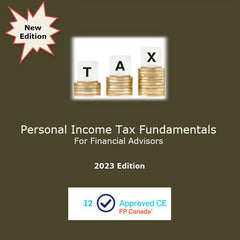Trusts for Estate and Tax Planning (2023 Edition)
CE CREDITS:
- CFP® and QAFP® certificants: This course qualifies for 6 CE credits in the Financial Planning category, approved by FP Canada's CE Approval Program
- MFDA: 6 PD hours
- IIROC: 6 PD hours, Cycle 9 (2022 - 2023)
- Life Agents (provincial requirements): 6 hours in AB, ON, MB, 5 hrs in SK (subject to a maximum of 5 in non-insurance subjects),
- CLUs: Not Institute accredited, but will likely qualify for 6 Institute-approved Professional Development credits. See What's the difference?
- CPAs: 6 verifiable CPD hours
FORMAT: Course Notes in PDF format (print them, download them, or read them online). You must pass an online Course Quiz to obtain CE credits.
COURSE DESCRIPTION: This Course focuses on trusts used in estate and tax planning, from the viewpoint of advisors, as well executors who may encounter trusts when carrying out their duties. The 2023 edition has been updated to reflect the new trust reporting rules, which have the potential to result in significant penalties to those who are caught unaware of the new rules.
After completing this course, you should be able to:
• describe what is needed to create a trust
• explain the types of trusts (e.g., testamentary, inter vivos, bare, spousal, alter ego, and Henson trusts)
• explain the types of beneficial interests in a trust (e.g., income vs. capital, life vs. remainder, vested vs. contingent) and the implications for income and asset distribution
• understand the duties and obligations of a trustee
• explain how the trustee can distribute assets (e.g., acting with an even hand, discretionary distributions, allocations on a per capita or per stirpes basis)
• understand the laws that may restrict trust operation (e.g., the 21-year rule, the rule against accumulation, and the rule against perpetuity)
• describe what is needed to wind up a trust, and understand what factors can force a trust to wind up (e.g., the rule against perpetuities, Saunders v. Vautier)
• explain the taxation of capital entering or leaving the trust, and income retained by the trust or distributed to the beneficiaries
• describe the tax planning opportunities provided by trusts (e.g., income splitting, preferred beneficiary election, charitable remainder trusts, estate freezes, multiplying the capital gains exemption)
• explain the economics of trusts and identify situations in which trusts may be financially viable.
NOTE: You have 6 months from time of purchase to complete this course.
PUBLISHED: October 2023







